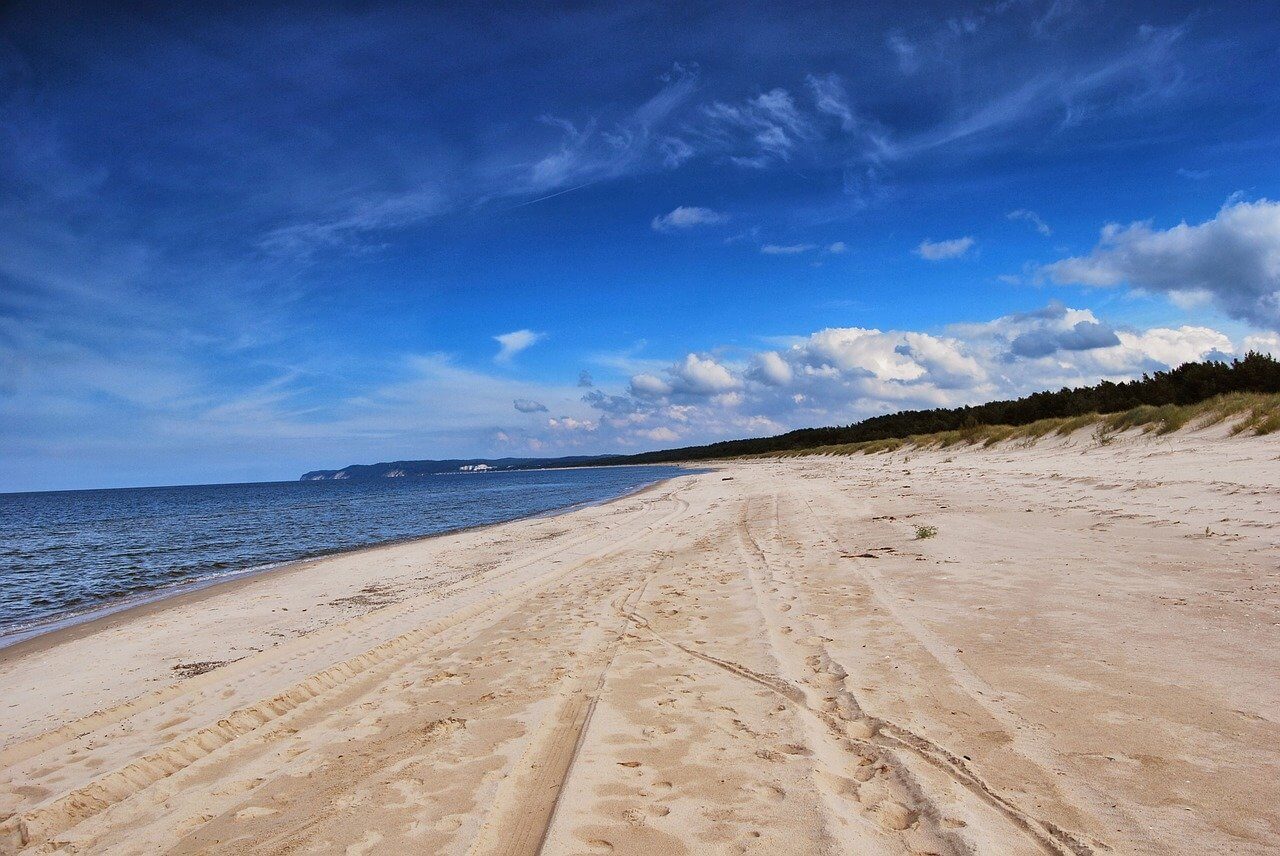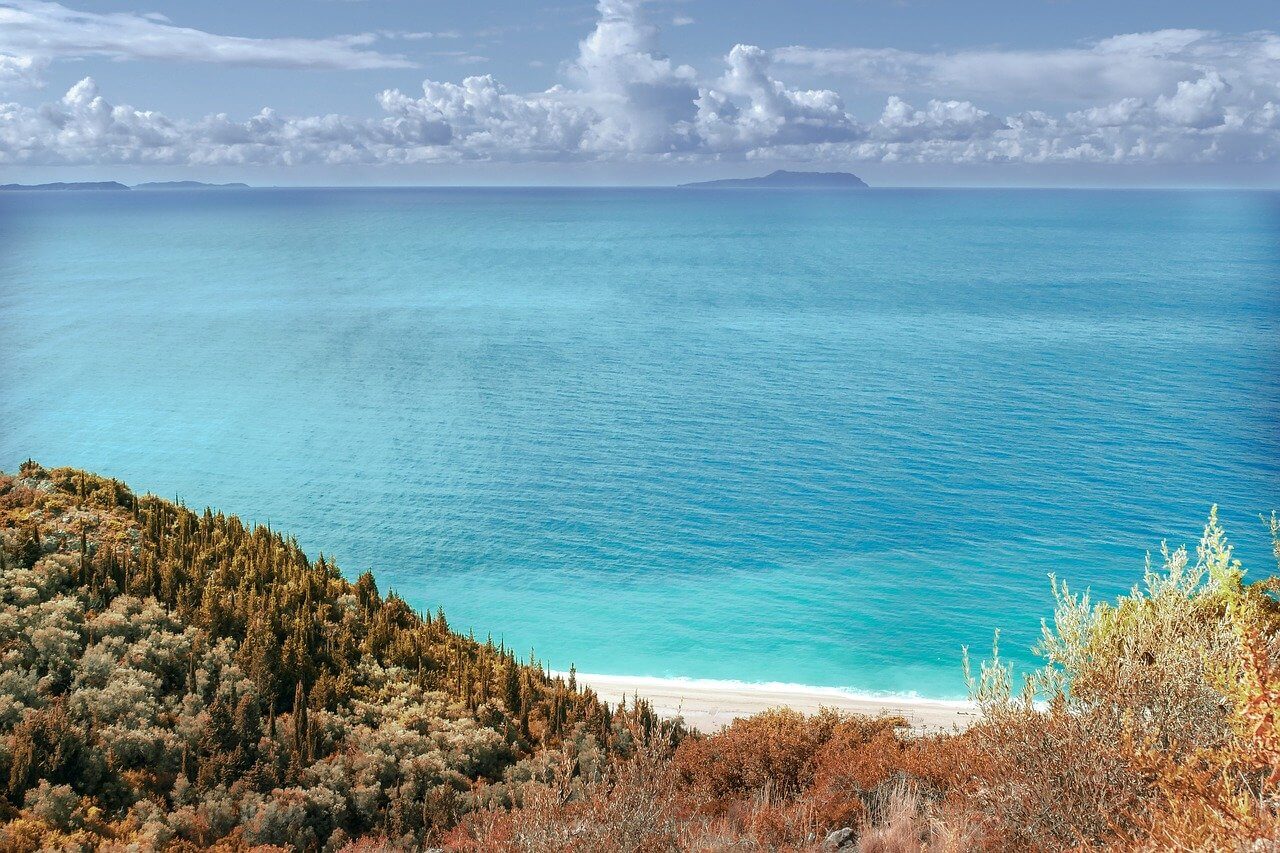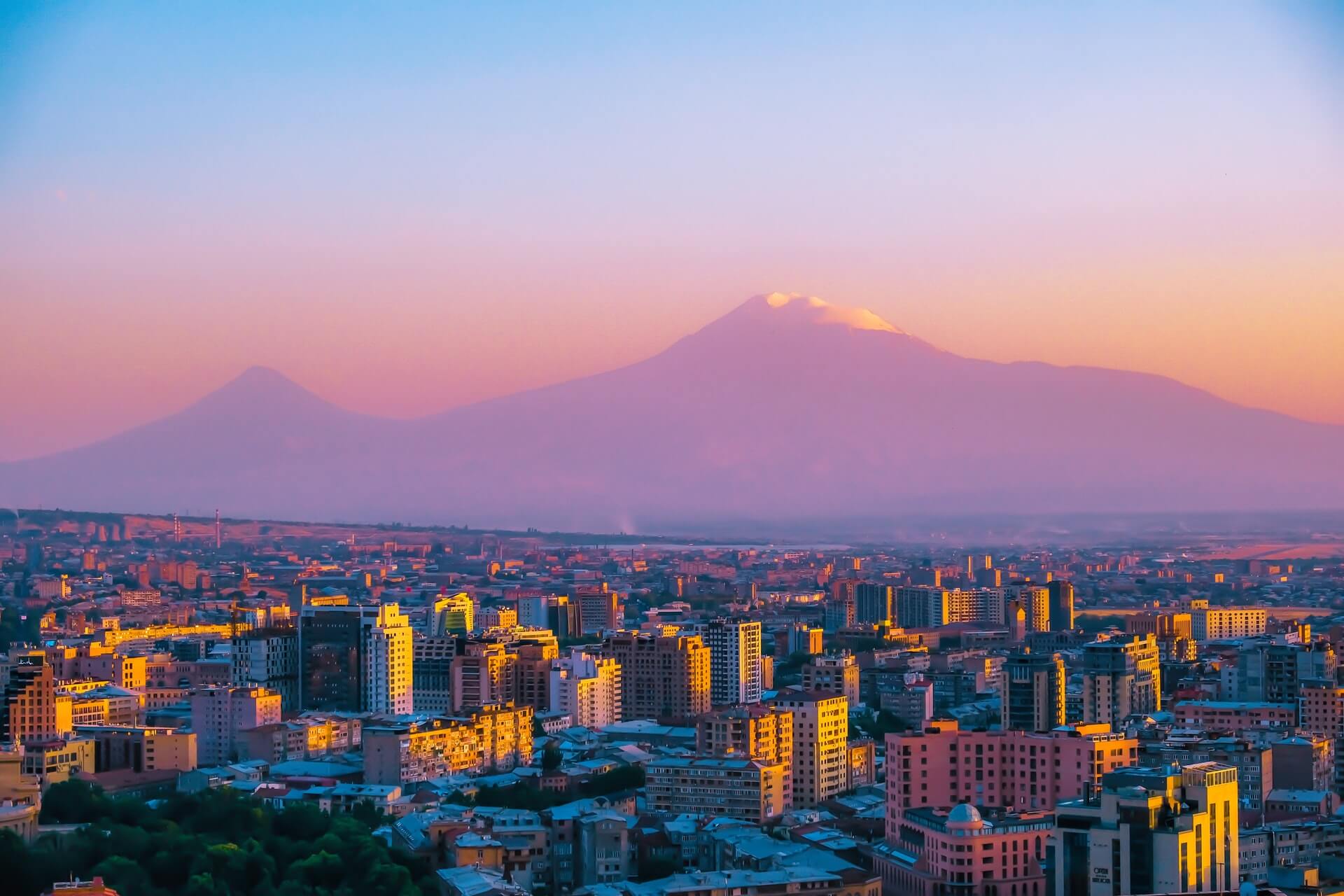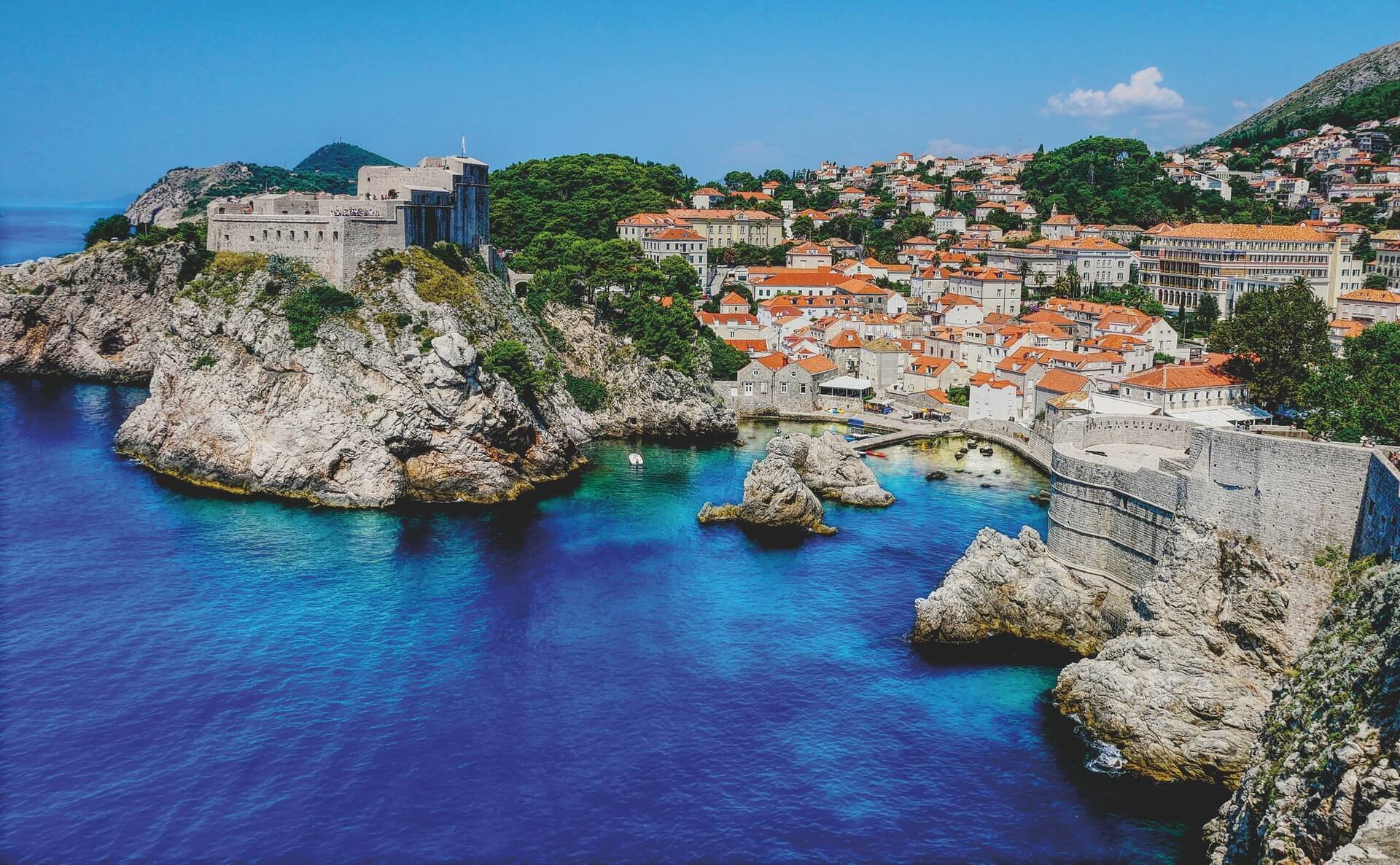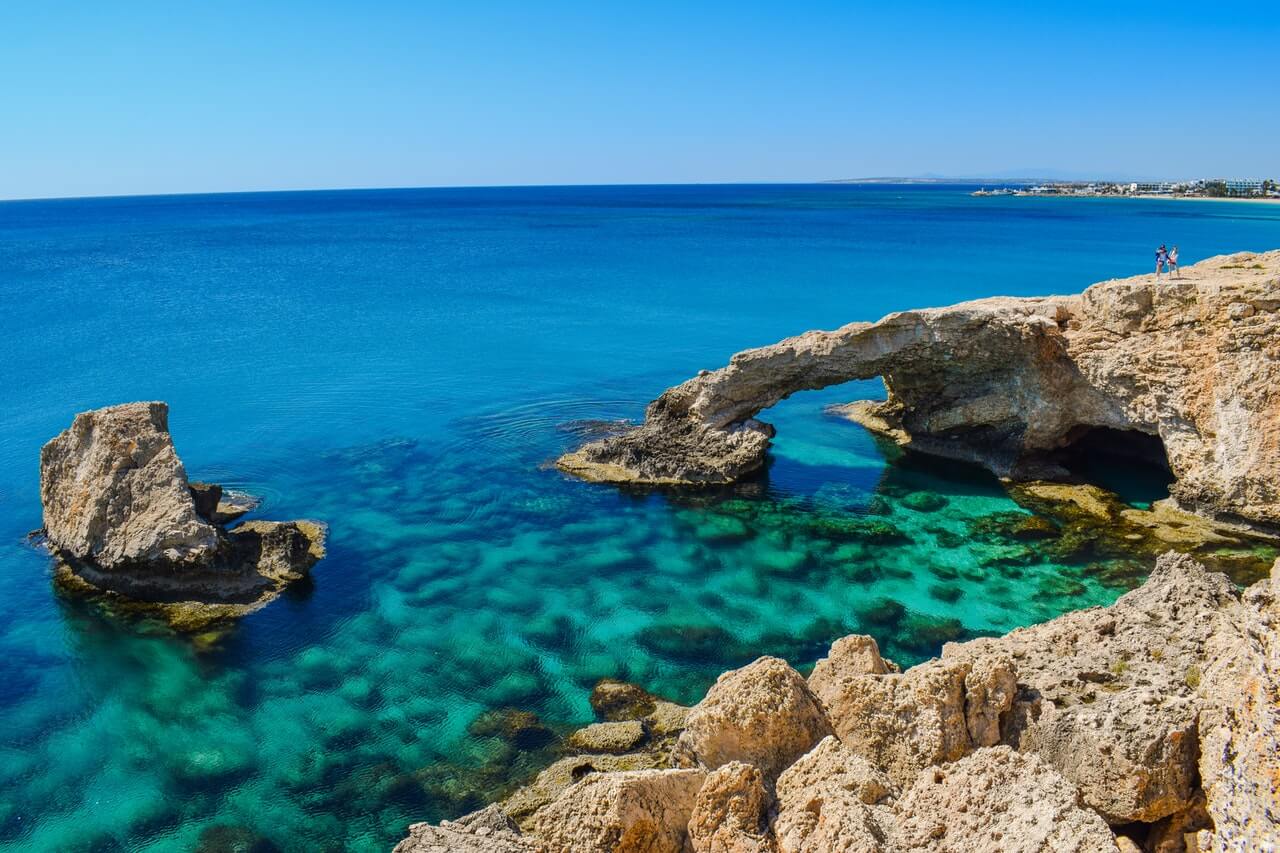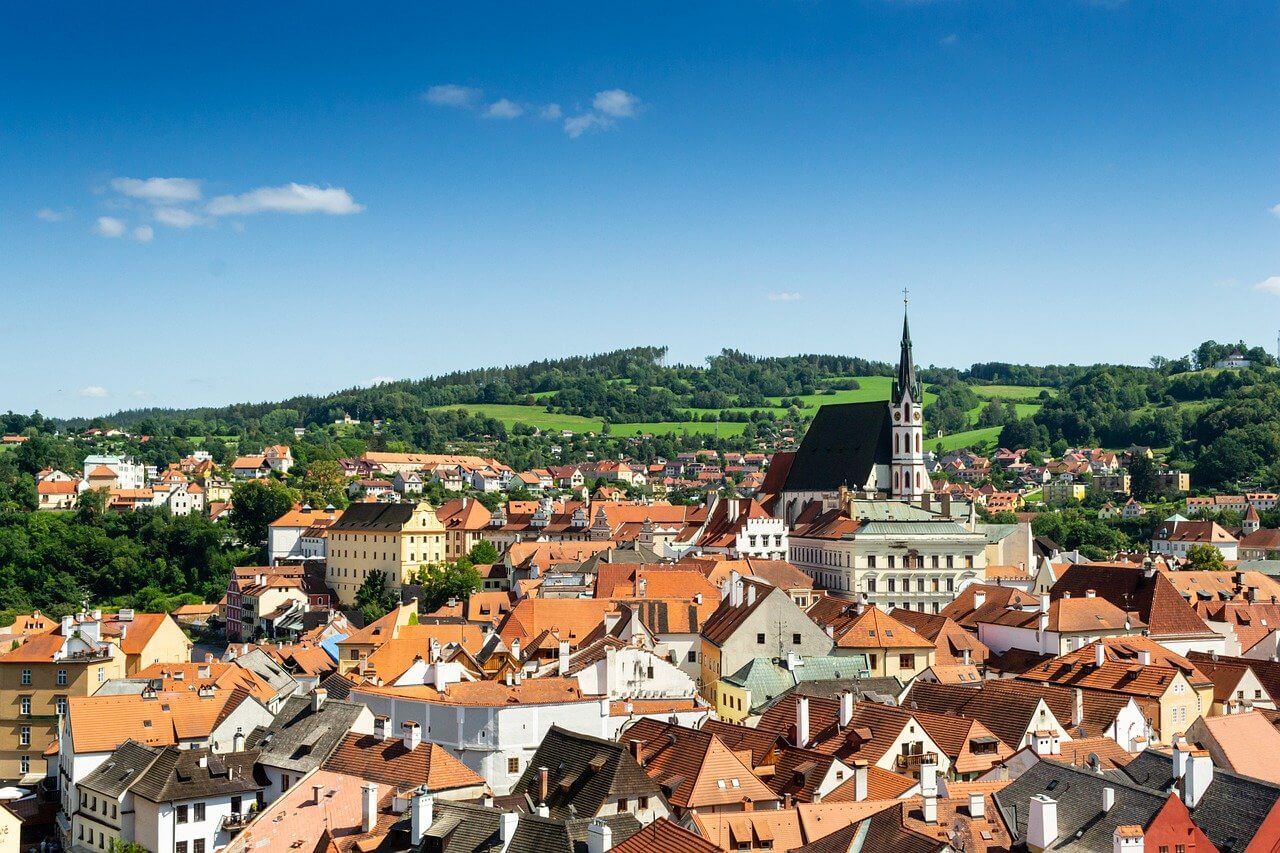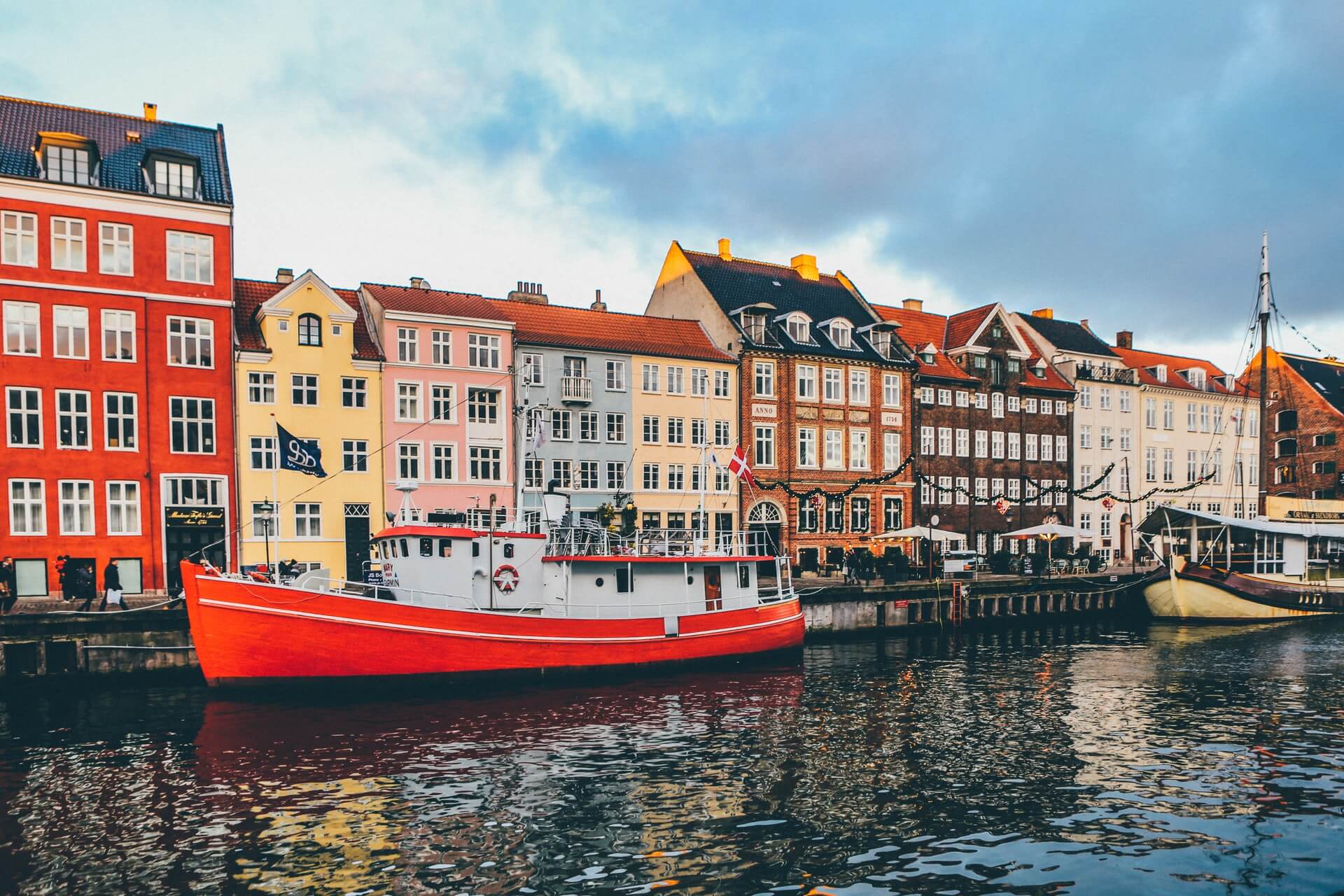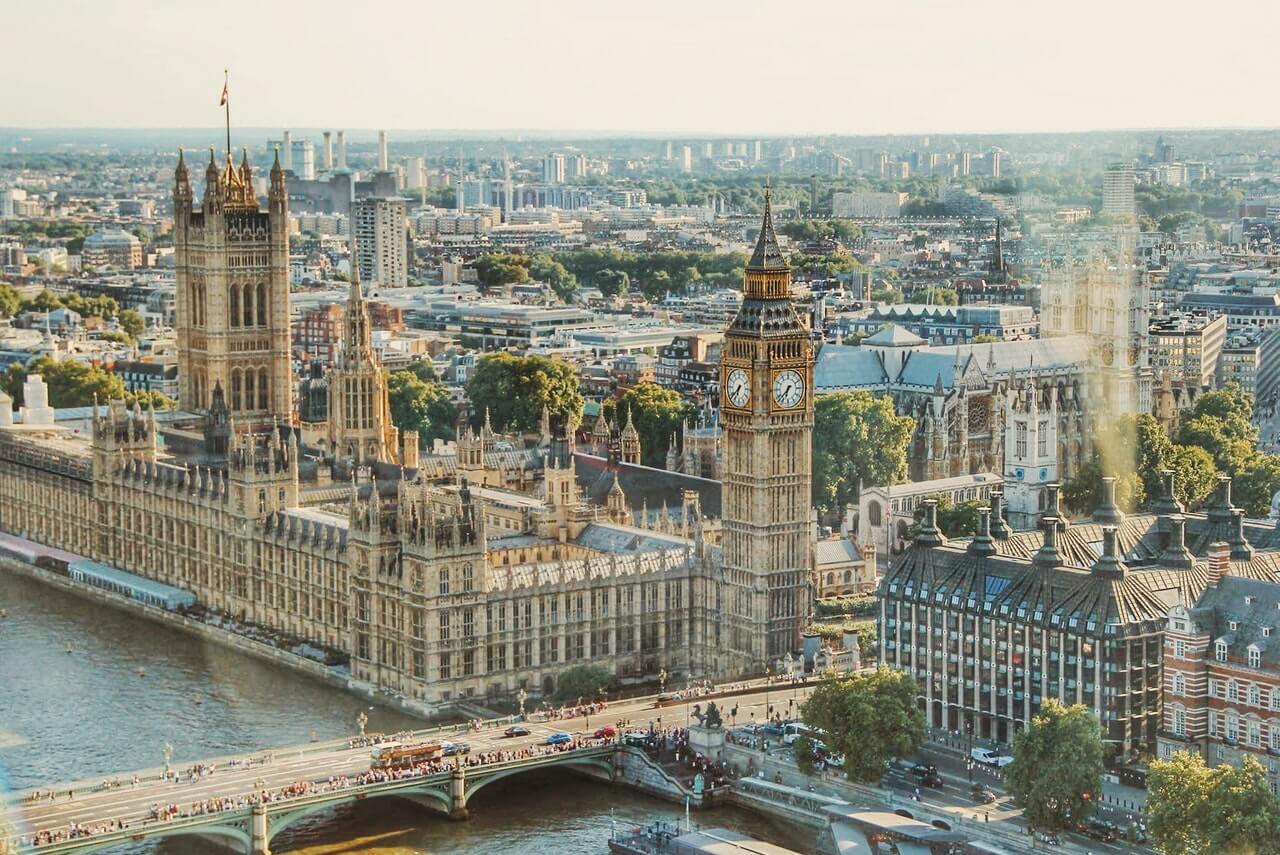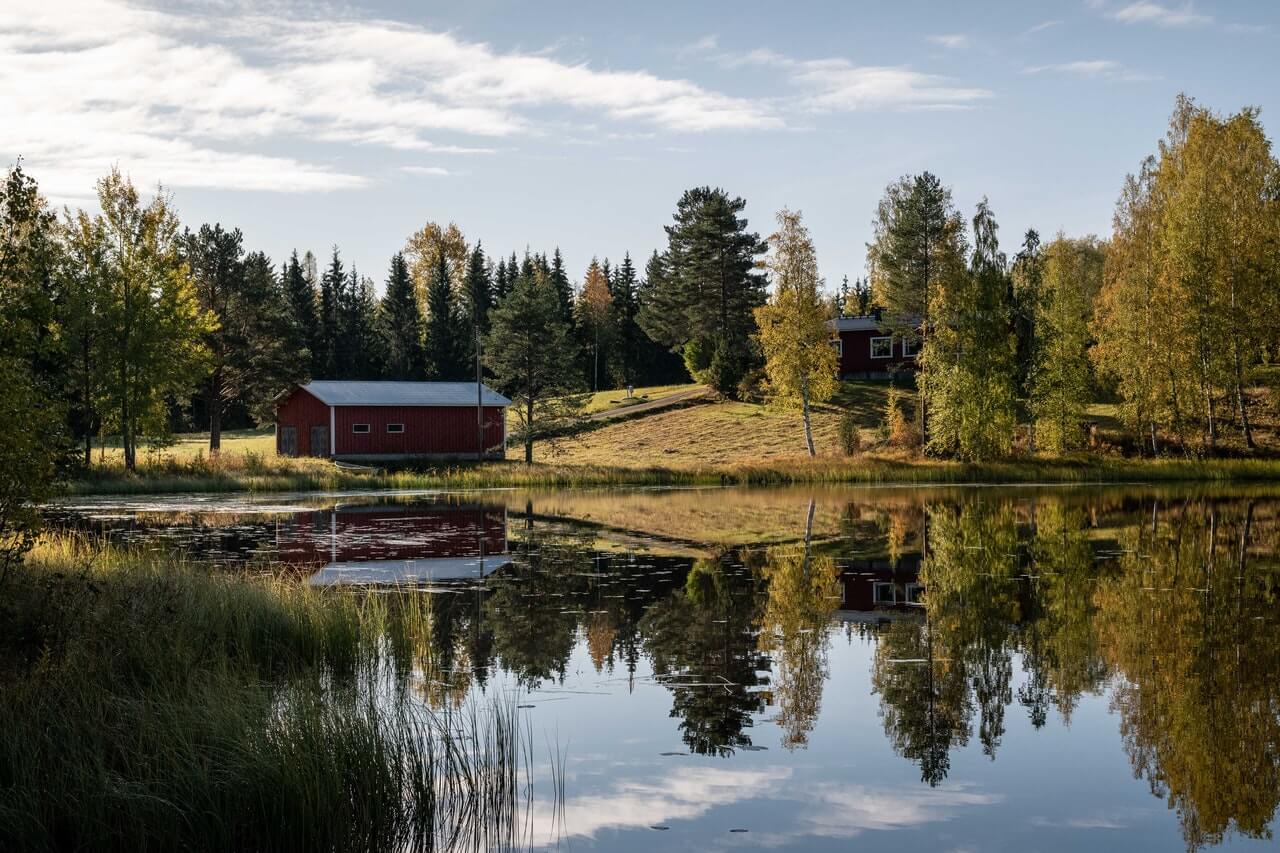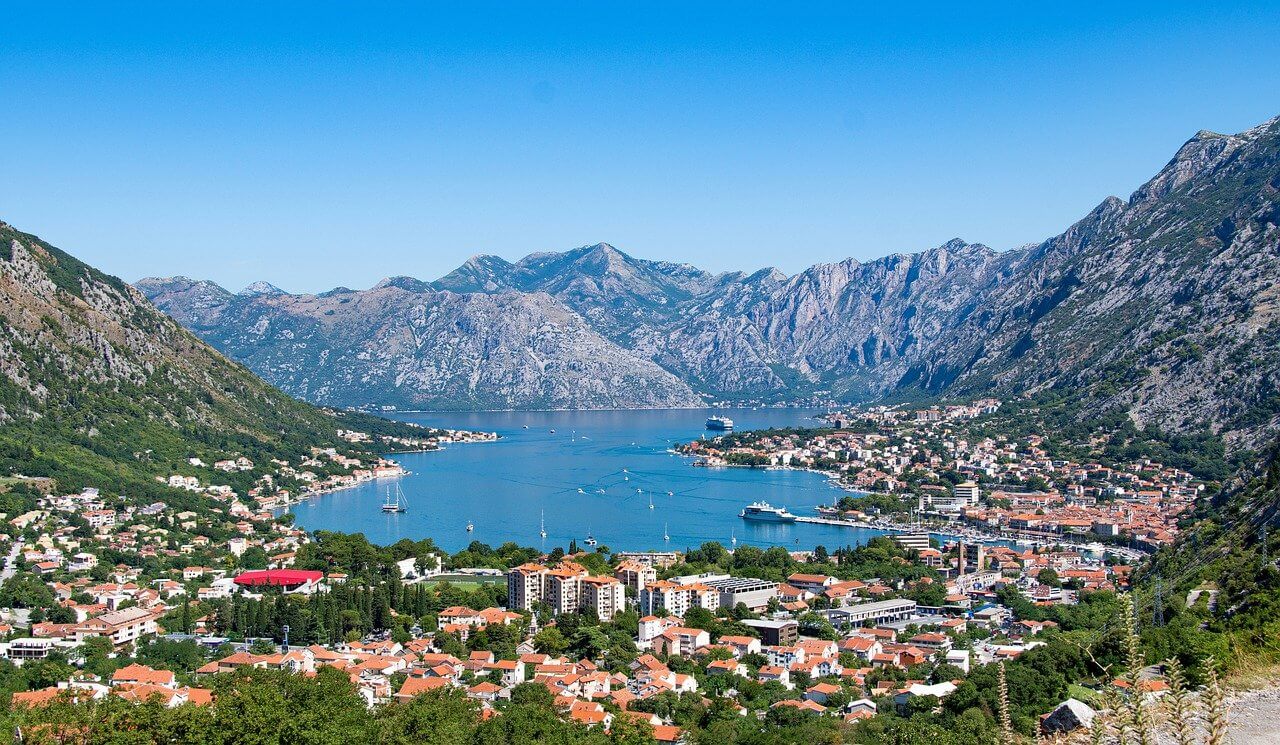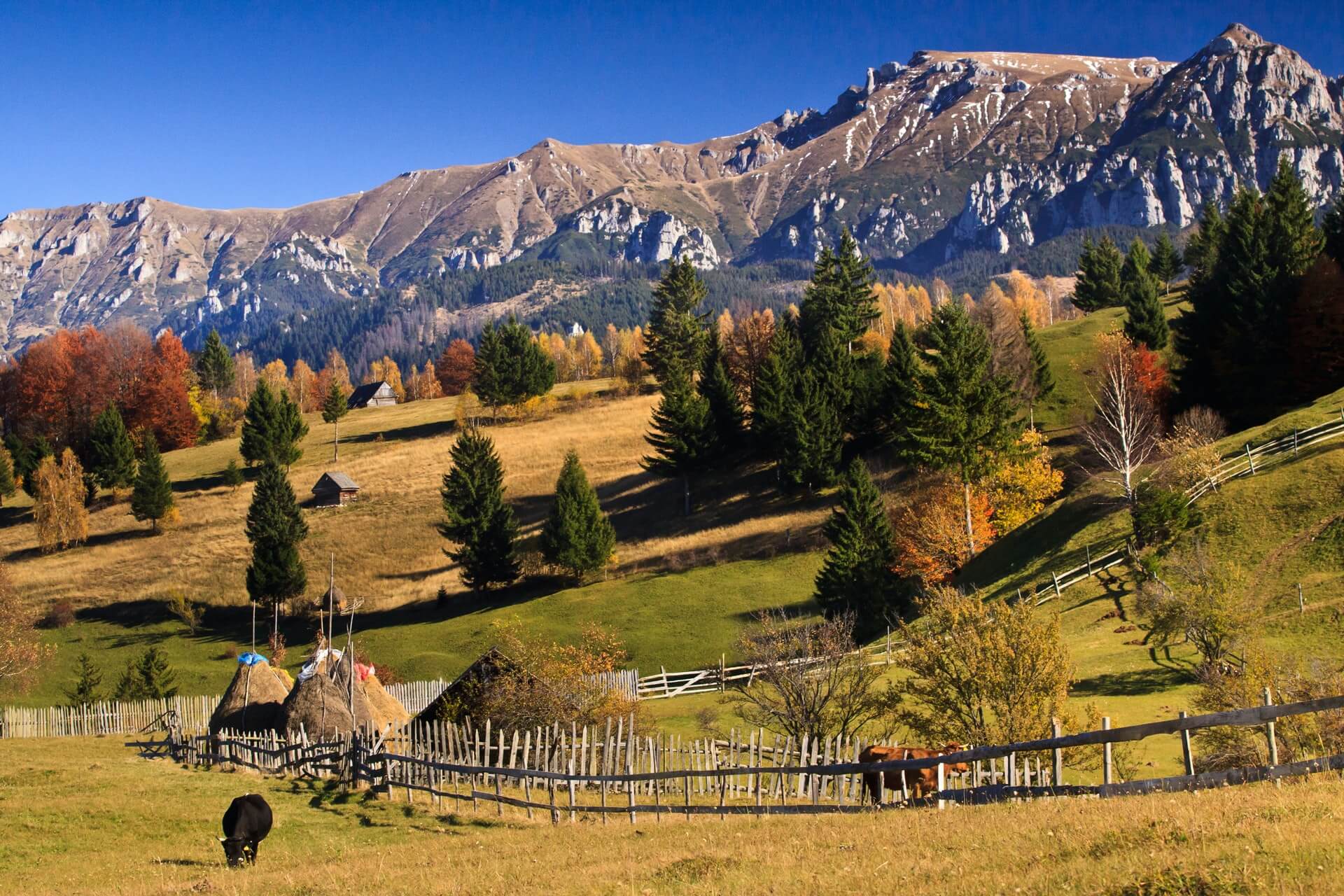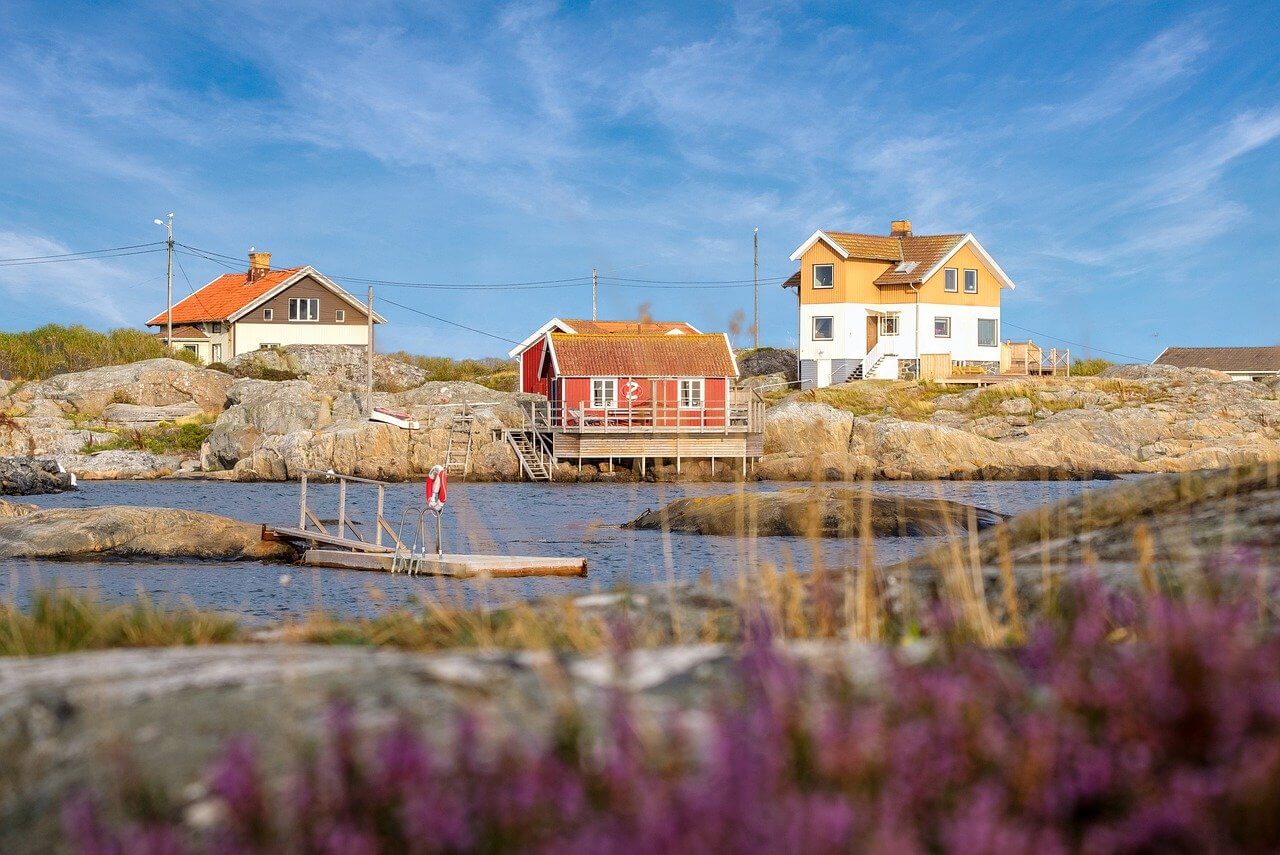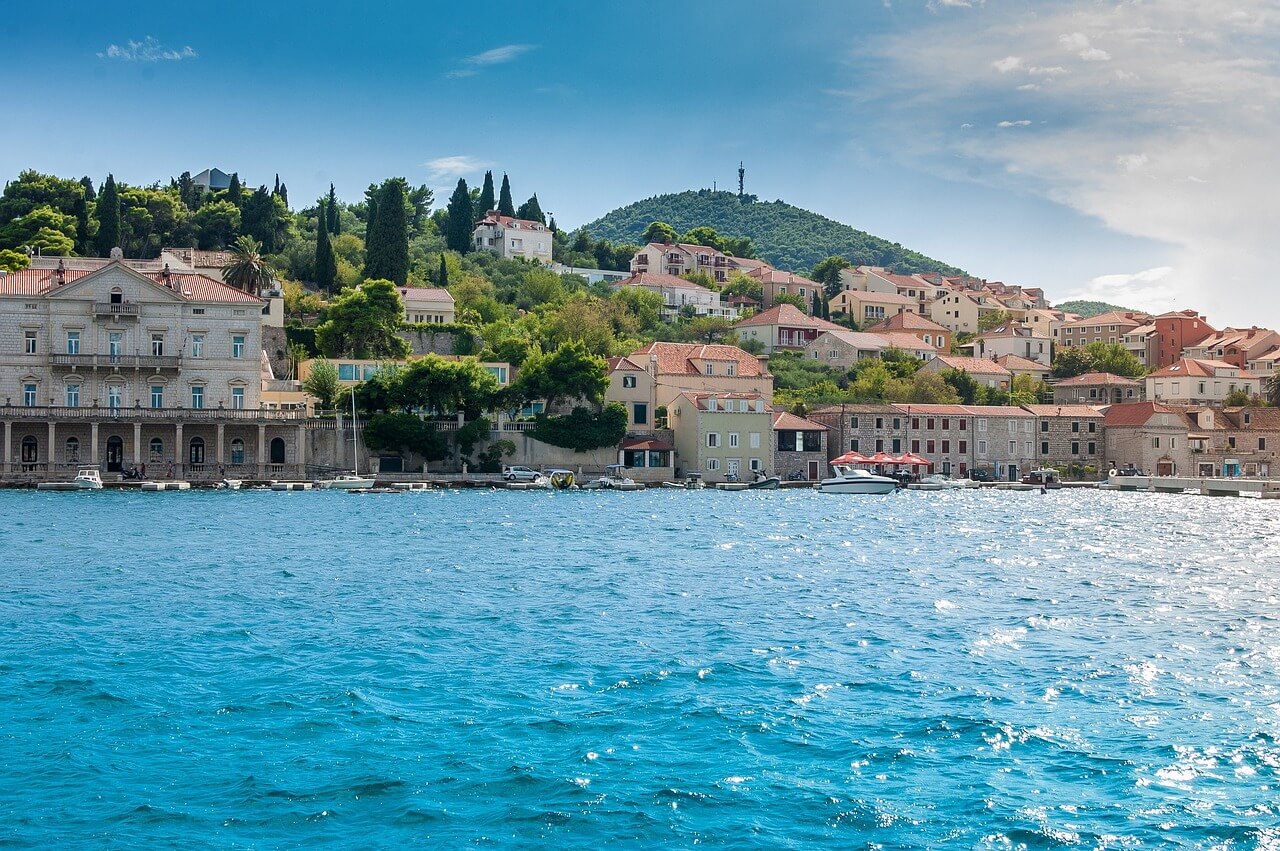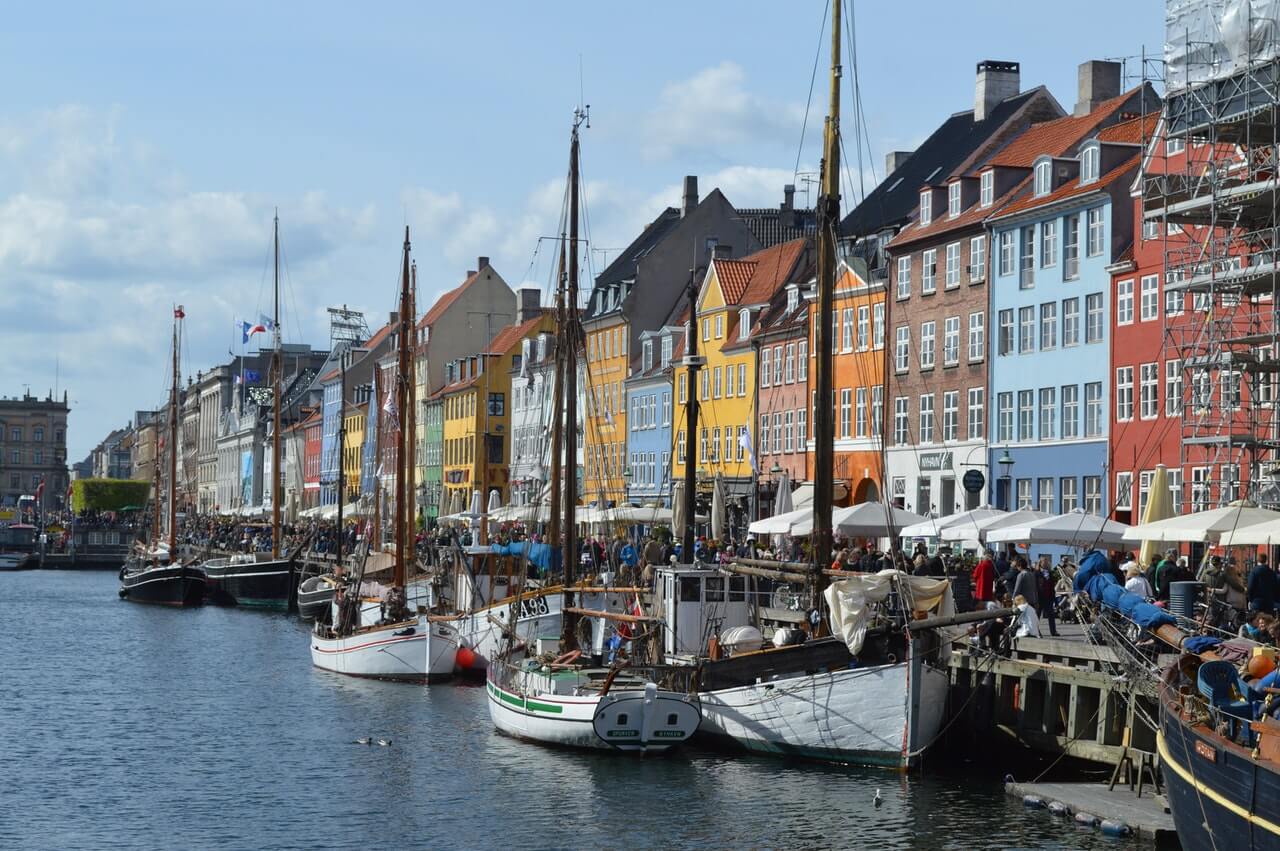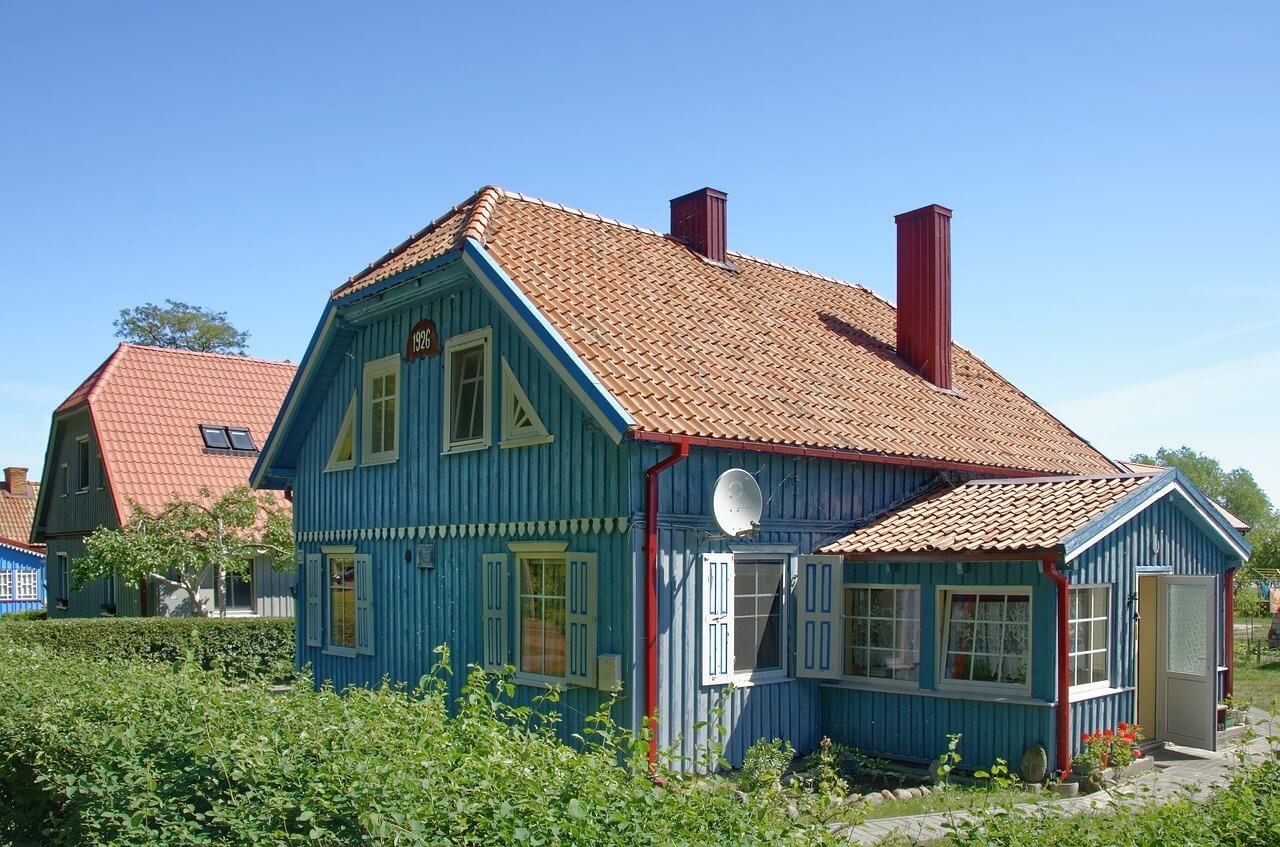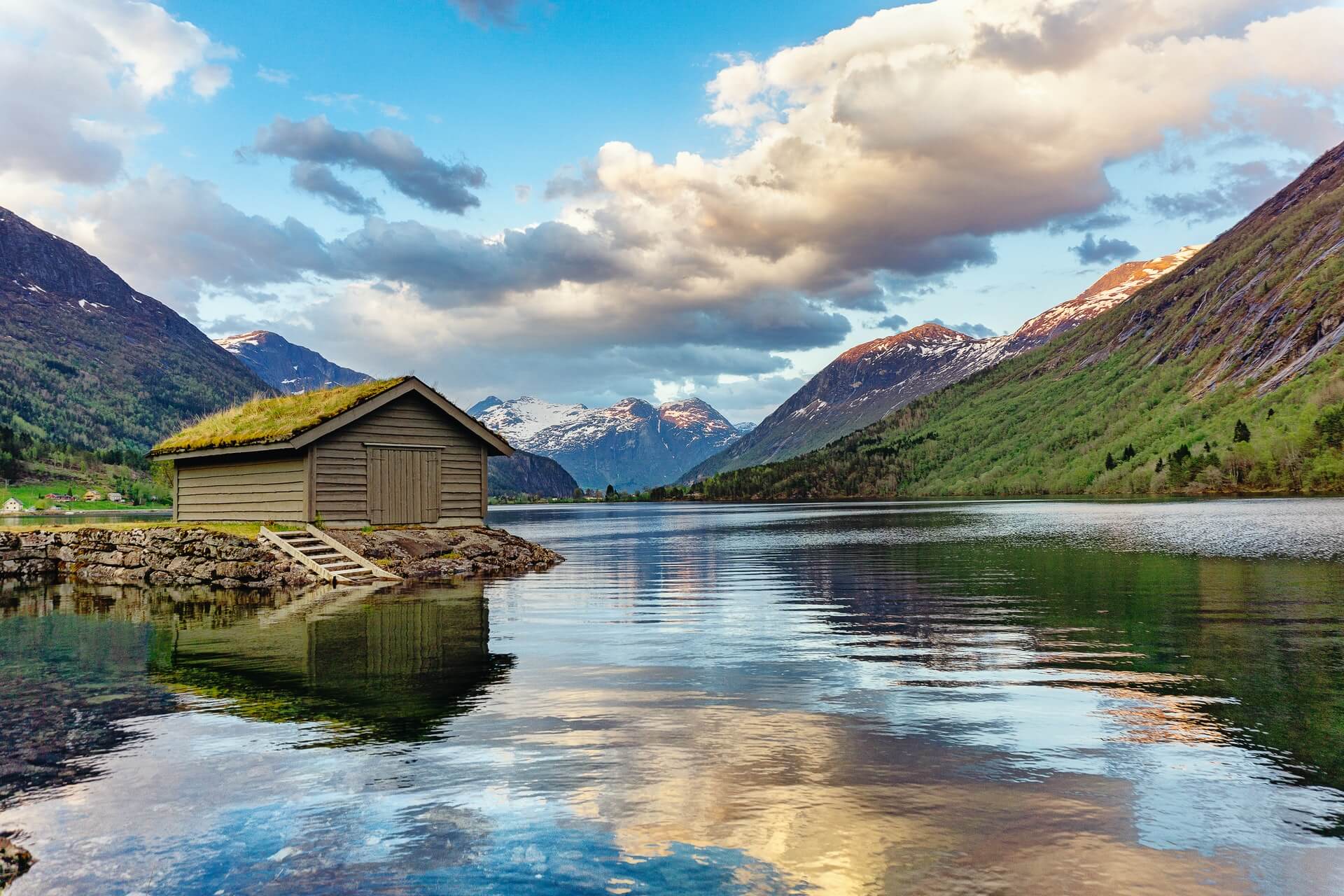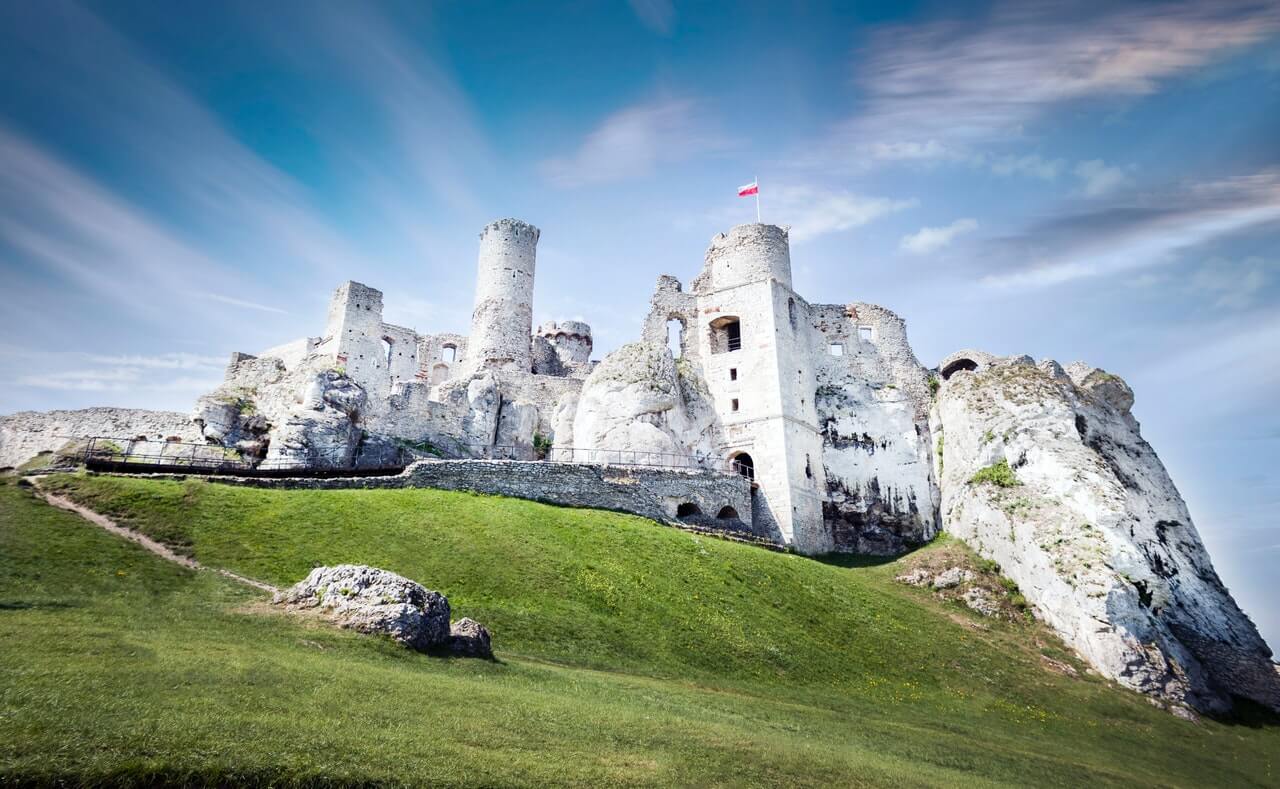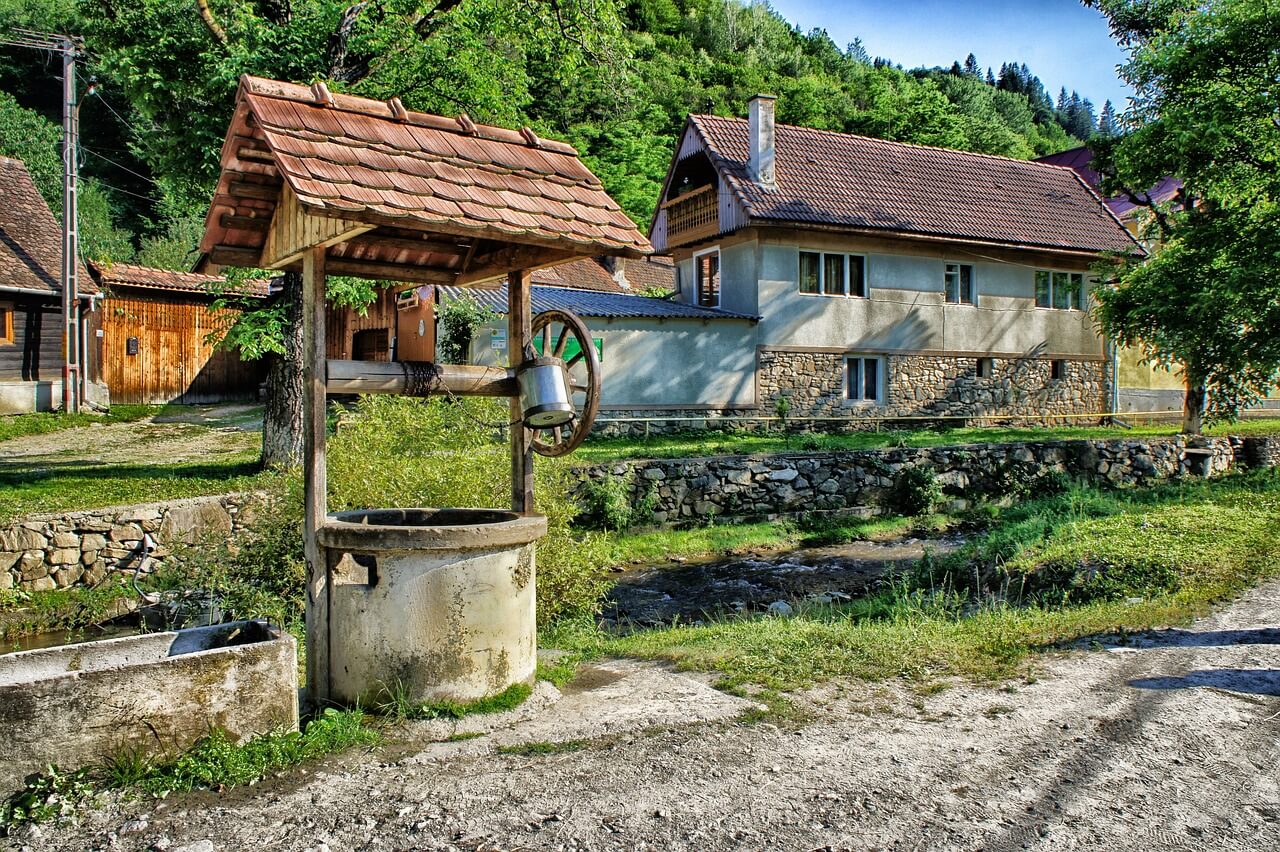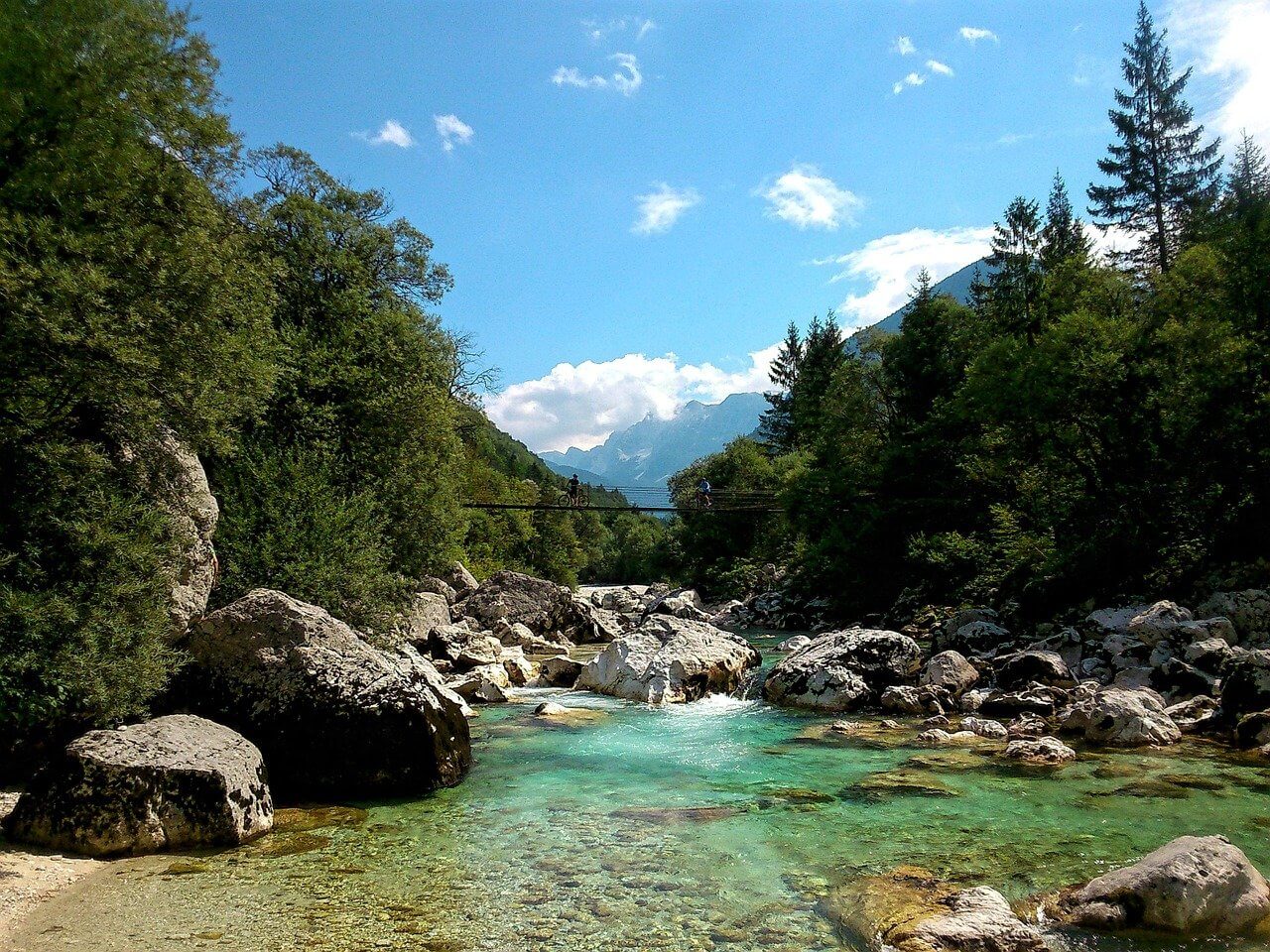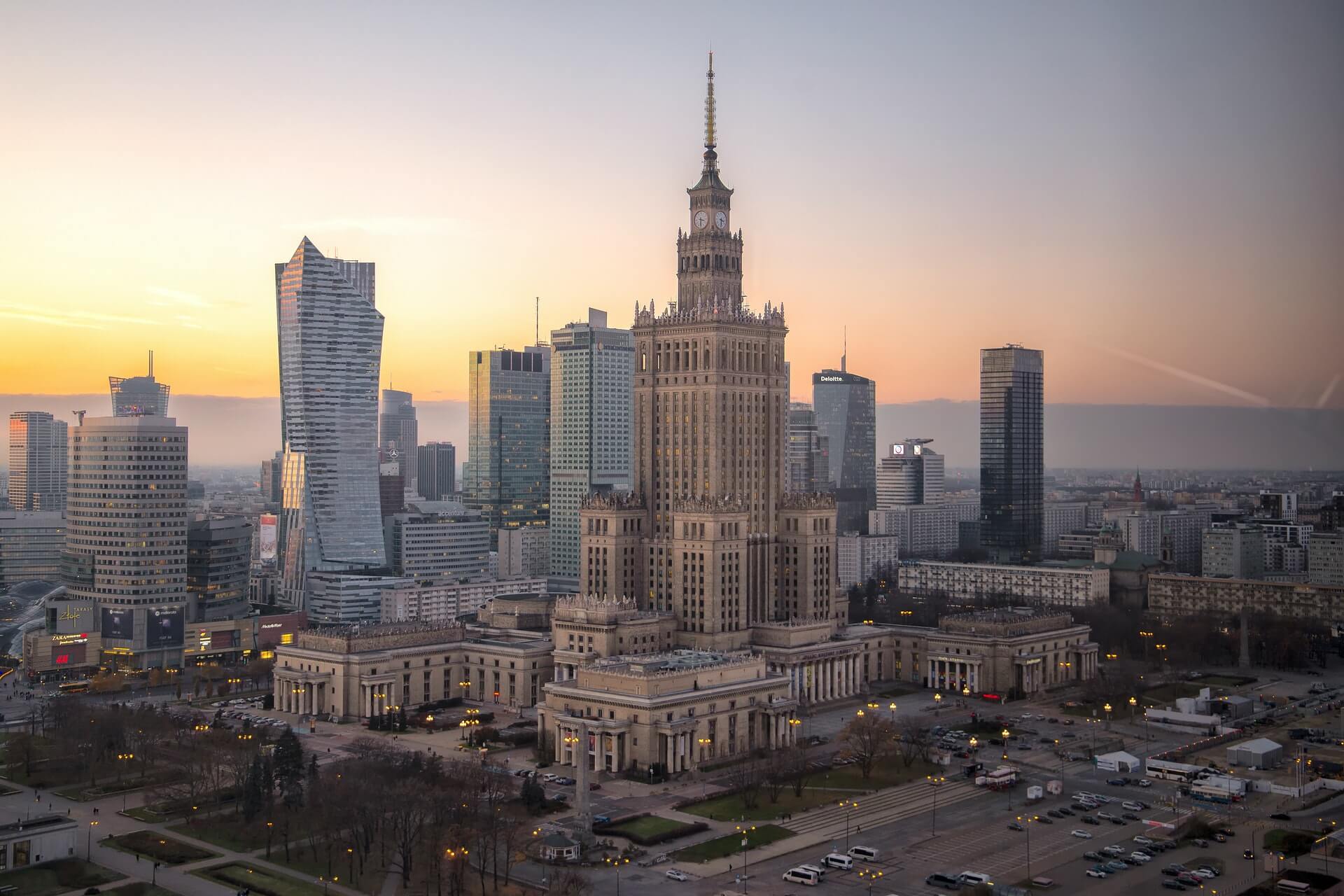If you’re wondering when the best time to visit Iceland is, the answer depends on your specific interests and preferences.
Weather-wise, the best time to visit Iceland is in July and August. This is when the weather conditions are the most comfortable, the days are long, and the country is brimming with outdoor activities and natural wonders.
Whether you’re interested in exploring the country’s stunning natural beauty, watching whales and other wildlife, or seeking out the Northern Lights, keep reading the guide below to learn more when is the best time to visit Iceland.
About Iceland
Iceland is a country situated in the North Atlantic Ocean, just south of the Arctic Circle. It is the westernmost European country and is located about 400 miles (640 kilometers) east of Greenland and about 1,000 miles (1,600 kilometers) northwest of the United Kingdom.
Iceland has no neighboring countries, as it is located in the middle of the ocean. The country has a population of about 364,000 people and the capital city is Reykjavik.
The landscape of Iceland is characterized by its rugged, volcanic terrain. The country is home to many active volcanoes and geysers and is also known for its hot springs and geothermal activity.
Climate in Iceland
Because Iceland is located just south of the Arctic Circle, it has a Subarctic Climate.
It means that Iceland is characterized by long, cold, and dark winters and short, mild, and wet summers.
Average temperature
Spring in Iceland (March-May) brings relatively mild temperatures, with average highs ranging from 4 to 10°C (39 to 50°F) and average lows ranging from -1 to 4°C (30 to 39 °F).
During the summer months (June-August), Iceland experiences pleasant weather, with average highs ranging from 13 to 15°C (55 to 59°F) and lows averaging around 8 to 9°C (46 to 48°F).
In autumn (September-October), temperatures start to cool down, with average highs ranging from 11 to 5°C (52 to 41°F) and average lows ranging from 6 to 0°C (43 to 32°F).
Winter in Iceland (November-February) is generally cold, with average highs at 3°C (37°F) and average lows at -2°C (28°F).
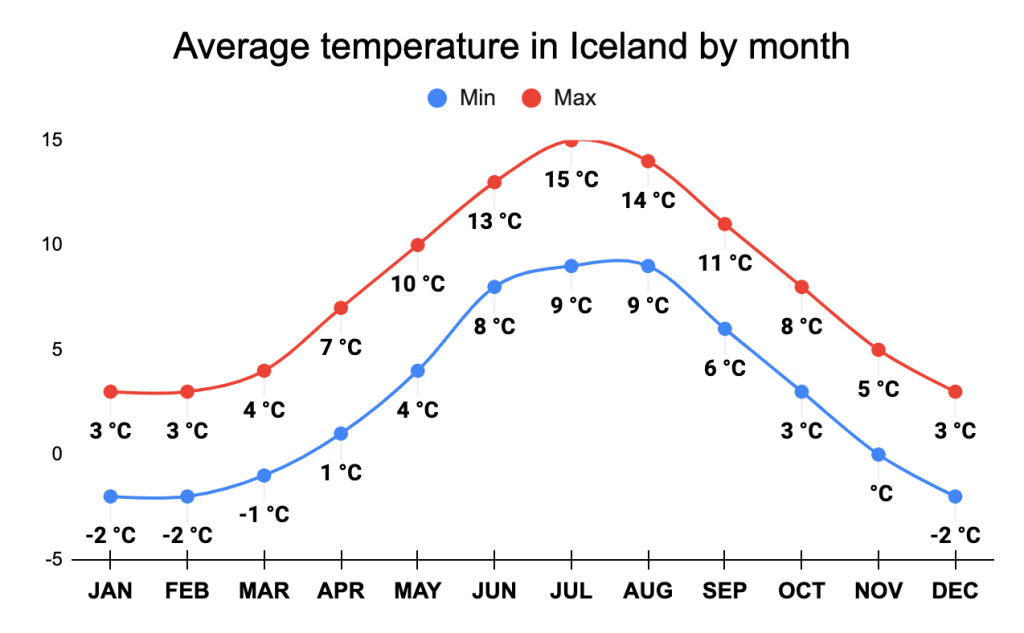
Number of monthly rainy days
Iceland experiences a relatively high amount of precipitation throughout the year, with an average of 10 to 15 rainy days per month.
The rainiest season in Iceland is the fall, with an average of 13 to 15 rainy days per month. The winter months also see a relatively high number of rainy days, with an average of 13 to 14 rainy days per month.
The spring months are slightly drier, with an average of 10 to 15 rainy days per month. The least rainy season is summer, with an average of 10 to 12 rainy days per month.
The country is also prone to heavy fog and mist, especially in the fall and winter months.
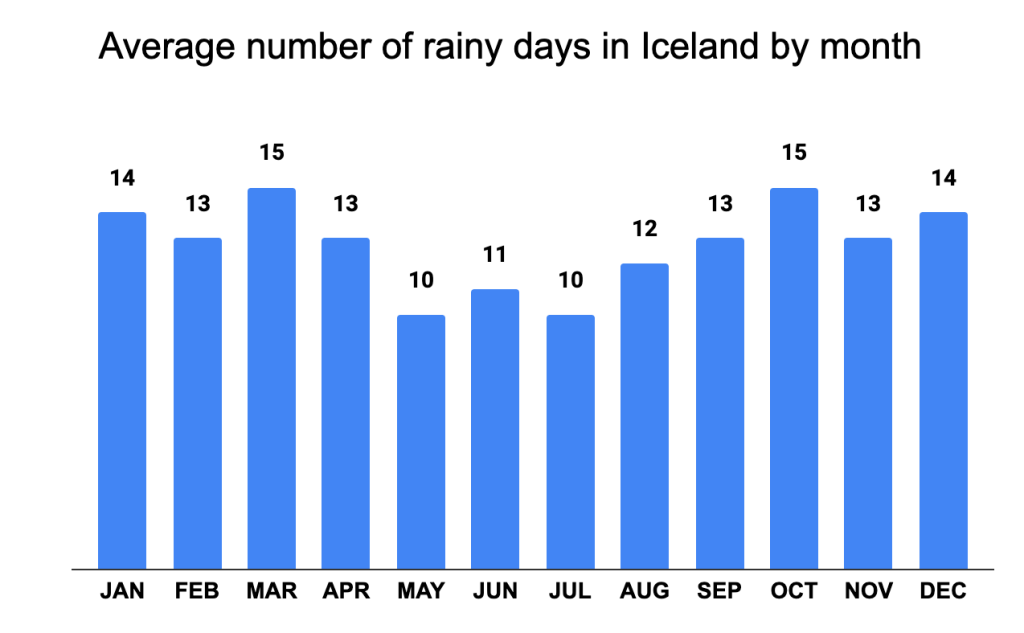
Number of monthly sun hours
The amount of sunshine in Iceland varies greatly throughout the year, with the longest days and highest amount of sunshine occurring in the summer months, and the shortest days and lowest amount of sunshine occurring in the winter months.
In the winter months of December and January, the country receives very little sunlight, with an average of only 20 sun hours per month.
May is the sunniest month of the year in Iceland, with an average of 201 sun hours per month. The summer months of June and July also see a high amount of sunshine, with averages ranging from 168 to 173 sun hours per month.

Seasons in Iceland
Iceland has four distinct seasons: spring, summer, autumn, and winter.
Spring (March to May)
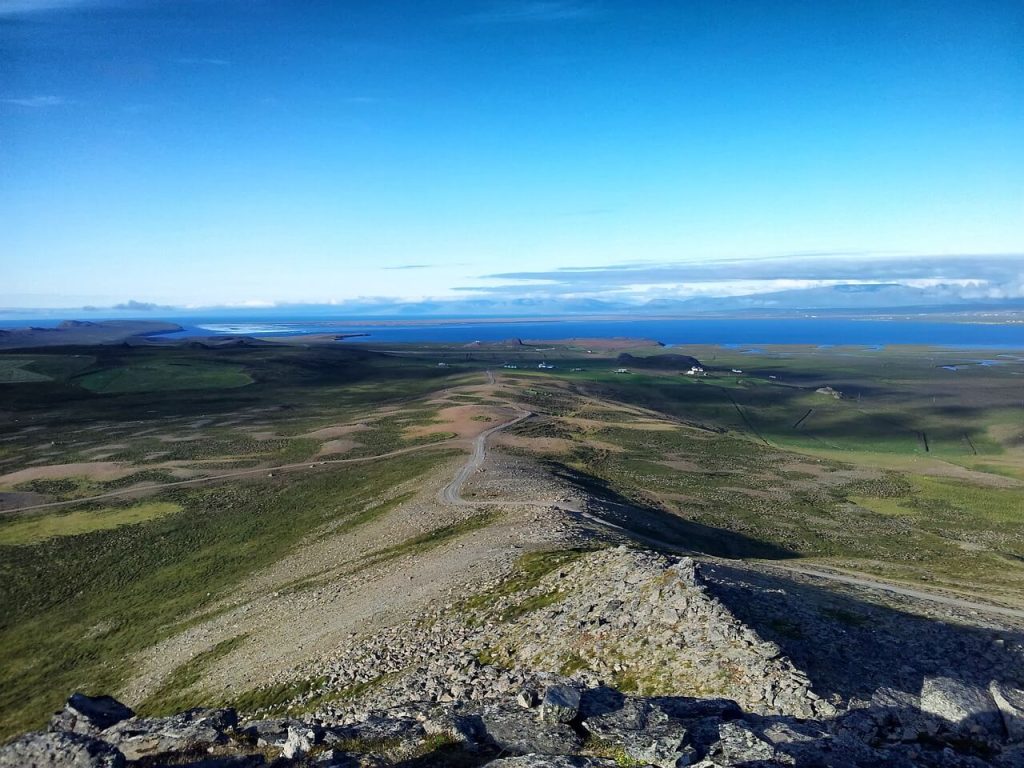
Spring in Iceland is characterized by cold temperatures, with maximum average temperatures ranging from 4°C to 10°C (39°F to 50°F) and minimum average temperatures ranging from -1°C to 4°C (30°F to 39°F).
It’s also quite a wet season in Iceland, with an average of 10 to 15 rainy days per month.
However, the country experiences the longest days and highest amount of sunshine during the spring months, with an average of 111 to 201 sun hours per month.
The weather conditions in spring in Iceland are generally considered as bad throughout the whole season.
| SPRING | MAR | APR | MAY |
|---|---|---|---|
| Max temperature | 4°C / 39°F | 7°C / 45°F | 10°C / 50°F |
| Min temperature | -1°C / 30°F | 1°C / 34°F | 4°C / 39°F |
| Monthly sun hours | 111 hours | 165 hours | 201 hours |
| Monthly rainy days | 15 days | 13 days | 10 days |
| Weather conditions | Bad | Bad | Bad |
Summer (June to August)

The summer season in Iceland is characterized by mild temperatures, with maximum average temperatures ranging from 13°C to 15°C (55°F to 59°F) and minimum average temperatures ranging from 8°C to 9°C (46°F to 48°F).
Summer in Iceland is characterized by moderate precitipation, with an average of 10 to 12 rainy days per month.
In summer, the sun hours in Iceland begin to decrease, with an average of 173 sun hours in June and 154 sun hours in August.
The weather conditions during summer in Iceland can be described as tolerable in June and good in July and August.
| SUMMER | JUN | JUL | AUG |
|---|---|---|---|
| Max temperature | 13°C / 55°F | 15°C / 58°F | 14°C / 57°F |
| Min temperature | 8°C / 46°F | 9°C / 48°F | 9°C / 48°F |
| Monthly sun hours | 173 hours | 168 hours | 154 hours |
| Monthly rainy days | 11 days | 10 days | 12 days |
| Weather conditions | Tolerable | Good | Good |
Autumn (September to November)

Autumn in Iceland is characterized by cooler temperatures, with maximum average temperatures ranging from 5°C to 11°C (41°F to 52°F) and minimum average temperatures ranging from 0°C to 6°C (32°F to 43°F).
Fall in Iceland has also an icreased rainfall, with an average of 13 to 15 rainy days per month.
The amount of sunshine decreases during the fall months in Iceland even more, with an average of 42 to 121 sun hours per month.
The weather conditions in Icland in autumn can be described as tolerable in September and bad in October and November.
| AUTUMN | SEP | OCT | NOV |
|---|---|---|---|
| Max temperature | 11°C / 52°F | 8°C / 46°F | 5°C / 40°F |
| Min temperature | 6°C / 43°F | 3°C / 37°F | 0°C / 32°F |
| Monthly sun hours | 121 hours | 92 hours | 42 hours |
| Monthly rainy days | 13 days | 15 days | 13 days |
| Weather conditions | Tolerable | Bad | Bad |
Winter (December to February)
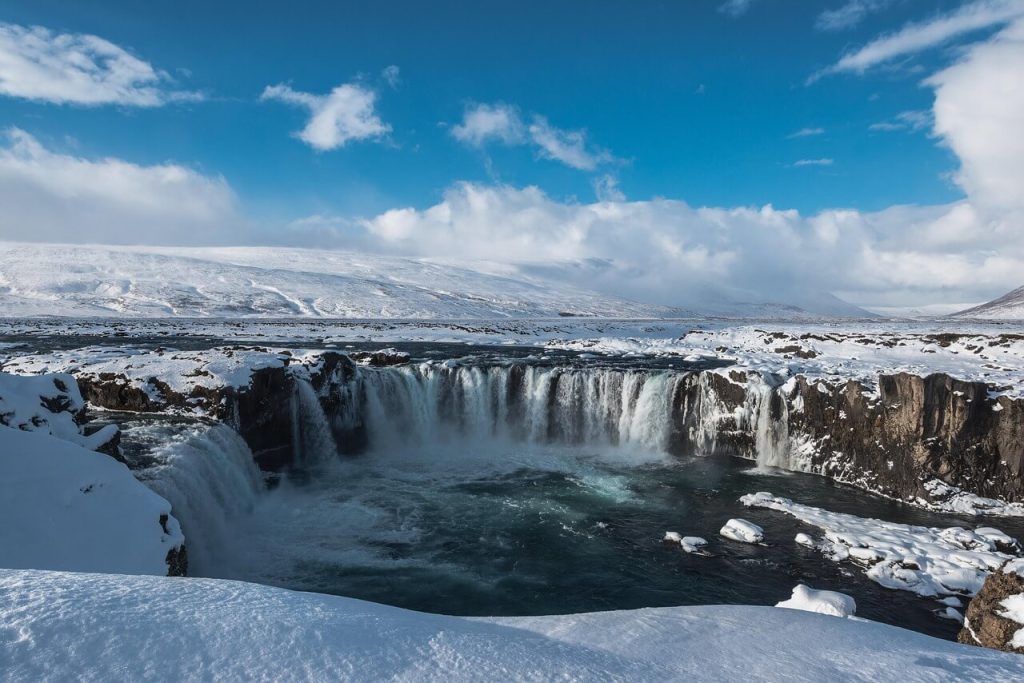
Winter in Iceland is characterized by cold temperatures, with maximum average temperatures at 3°C (37°F) and minimum average temperatures at -2°C (29°F).
Winter is also quite a wet season in Iceland, with an average of 13 to 14 rainy days per month.
Winter is also a time of short days and very little sunshine in Iceland, with an average of 20 to 60 sun hours per month.
The weather conditions during winter in Iceland are generally considered to be bad across all three winter months.
| WINTER | DEC | JAN | FEB |
|---|---|---|---|
| Max temperature | 3°C / 38°F | 3°C / 37°F | 3°C / 38°F |
| Min temperature | -2°C / 29°F | -2°C / 29°F | -2°C / 26°F |
| Monthly sun hours | 20 hours | 20 hours | 60 hours |
| Monthly rainy days | 14 days | 14 days | 13 days |
| Weather conditions | Bad | Bad | Bad |
Best time to visit Iceland weather-wise
If you’re planning a trip to Iceland and looking for the best weather, the best time to visit weather-wise is typically from July to August.
These months experience the highest temperatures and the most comfortable weather consitions.
Best time to visit Iceland for Northern Lights
The best time to visit Iceland to see the phenomenon of Northern Lights (also known as the Aurora Borealis) is from November to March.
During these months, the country experiences long, dark nights, which are ideal for viewing the Northern Lights.
To increase your chances of seeing the Northern Lights, it’s best to plan your trip to coincide with a new moon, as the darkness of the night sky is more pronounced during this time.
Best time to visit Iceland for whale watching
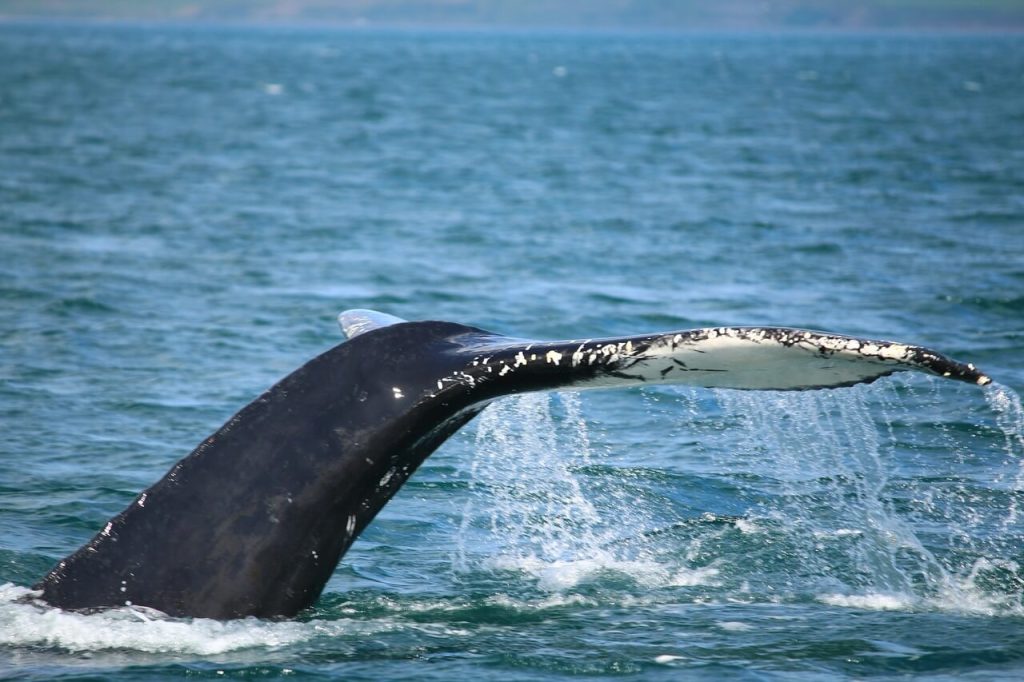
The best time to visit Iceland for whale watching is typically from April to October.
During these months, the waters around Iceland are home to a variety of whale species, including humpback whales, minke whales, and white-beaked dolphins.
See more guides about Iceland

